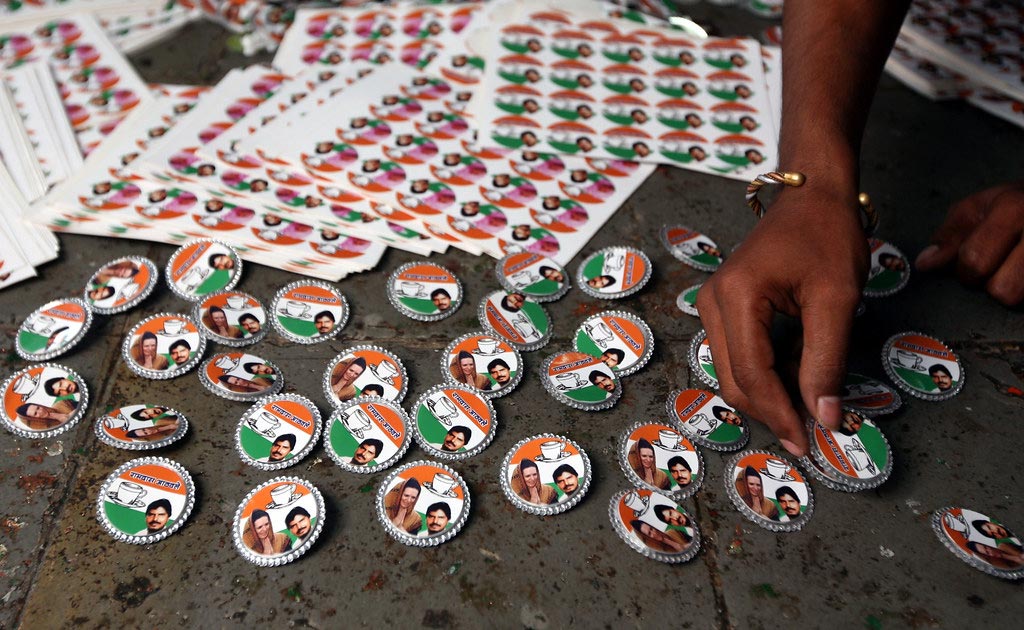
In becoming obsessed with China, it is easy to lose sight of India. The latter, currently engaging in a long democratic process in which the nationalist Narendra Modi’s future is at stake, is turning into an economic and technological powerhouse. Its GDP between 1951 and 2018 grew at an average of 6.21% per annum. Last year it overtook France and by 2020 it will have overhauled its former imperial power, the UK, to become the fifth-largest economy in the world. India will not be able to copy the Chinese model. The era of development relying on cheap labour in manufacturing is gone. It will have to develop by transforming itself directly into a digital economy. And it is well prepared for this.
On 27 March India showed the world a new capability by hitting an orbiting satellite, joining an elite group of countries with anti-satellite weapons: the US, China and Russia. The test was not devoid of irresponsibility, filling space as it did with dangerous debris that according to NASA could have imperilled the International Space Station. India has its own space programme, and is already a nuclear power, with all that this entails. And while it is not an India First strategy, since 2013 it has had a ‘glocal’ strategic programme (combining the global and the local) called Make in India, which could be enhanced by the contribution of artificial intelligence. In this regard it has a National Strategy for Artificial Intelligence (as have many other countries, but not with the size of India), which pinpoints five sectors (health, agriculture, education, smart cities and infrastructure and transport) where its efforts in this area are to be focused. Like nearly all its competitors however, it also has a shortfall of professional expertise in these areas. It believes that AI could create more jobs than it destroys.
How does a country become a technological power these days? Switzerland is one; Israel too; even North Korea in certain respects. But they lack critical mass in terms of population, at a time when the accumulation of big data is essential. India has this, with 1.37 billion inhabitants who are participating in a prime example of connectivity (and data generation). Five-hundred and sixty million Indians, according to a McKinsey report from which many of these figures are drawn, were already Internet subscribers by the end of 2018, a fourfold increase in two years, making India second only to China. And in the next four years the number of Internet users could grow another 40%, while the number of smartphones could double. It already has 1.2 billion mobile phone subscriptions and 354 million smartphones, 26.2 for every 100 inhabitants (Sweden has 95.4/100). By 2025 it will be a fully-connected society, despite the inequalities in wealth between states and layers of the population, and the fact that mobile connectivity is seriously restricted among women in India, something that is also changing. The extraordinary degree of competition in the telecommunications market has favoured this social connectedness, which has been accompanied by another, albeit uneven, entrepreneurial connectedness.
Two-hundred and forty-five million Indians per month watch YouTube videos in their homes, on their mobiles, on buses, in the street and elsewhere. Netflix has 2 million subscribers and growing. The use of mobile data in India exceeds that in China and is similar to that in South Korea, an advanced economy. India, according to the McKinsey report, is digitalising more quickly than any other Asian country, bar Indonesia. It is no surprise that India, at least under Modi, wants to exercise national control over the Internet.
In a country where ID cards were once a problem, the government has succeeded in collecting the biometrical data of 1.2 billion citizens. Aadhaar is a 12-digit identification number that citizens obtain by providing their fingerprints, an iris scan, a photograph and other information (much of which countries with national ID cards already have). The supreme court has ruled that it is legal for public authorities to ask for the Aadhaar for some services, unlike private businesses wanting to provide a bank account or SIM card. But as the largest digital identity programme in the world it may be regarded as a step towards a surveillance state, in terms of what is –unlike China– a democracy, the largest in the world, although with authoritarian features such as the supercharged leadership of Modi.
This explosion of connectivity is also making itself felt in the current elections which, given the size and complexity of this country-subcontinent, or country-civilisation, are held between 11 April and 19 May, with 900 million people entitled to vote. Though still featuring posters and lorries and other traditional elements, this is the first Indian election in which social media platforms, with 249 million users, are set to play a central, not necessarily positive, role, something already witnessed in supposedly advanced democracies. ‘Share Joy, Not Rumours’ is WhatsApp’s advice to its users in India.


